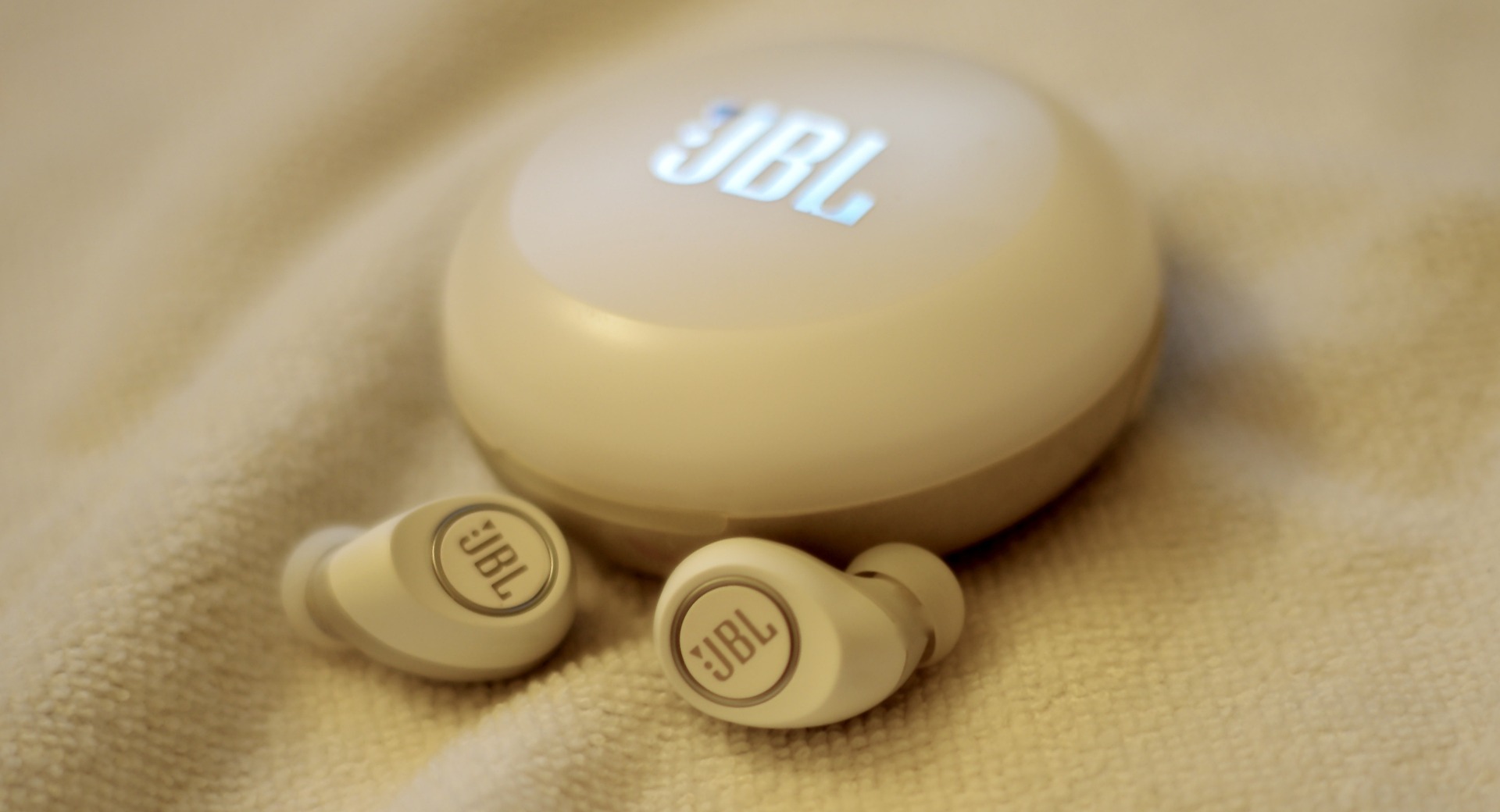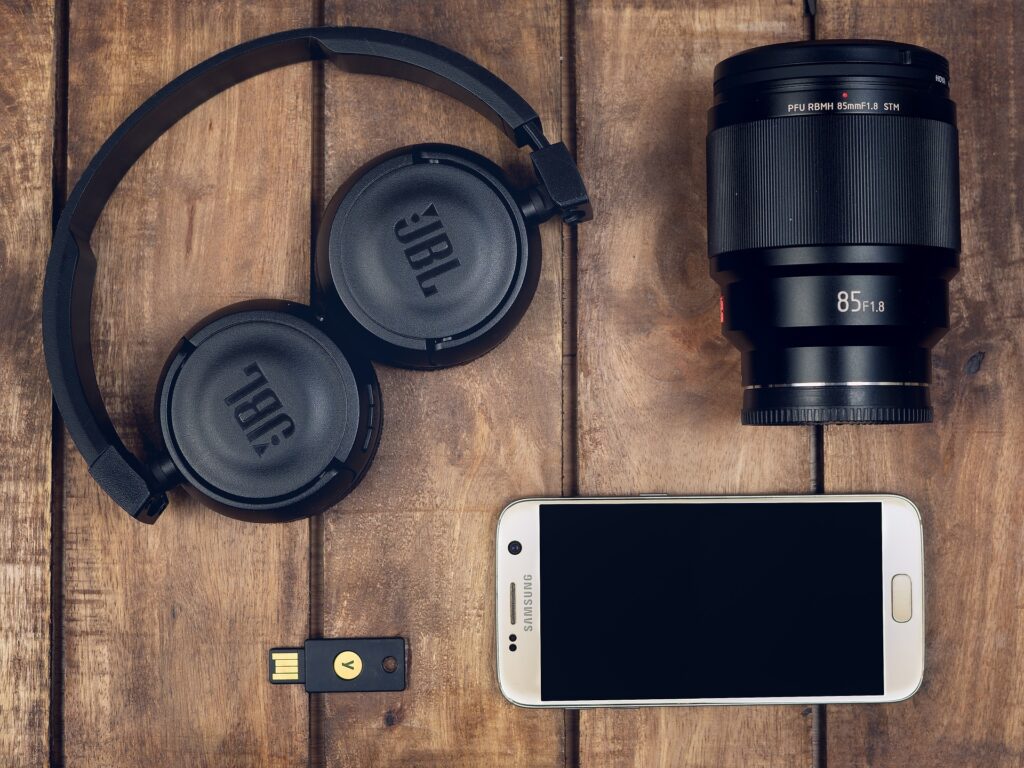Key Takeaways
- Importance of Responsive Design: Ensures websites adapt to various screen sizes, enhancing user experience and SEO performance across devices.
- Key Principles: Utilizes fluid grids, flexible images, and media queries to create adaptable layouts that maintain usability on all devices.
- User Experience Boost: Improves user interaction through fast-loading, intuitive navigation and consistent interfaces, regardless of device type.
- SEO Benefits: Google favors mobile-friendly designs, increasing visibility and reducing bounce rates, which positively impacts search rankings.
- Common Challenges: Developers must navigate browser compatibility, performance optimization, and effective breakpoint management for successful RWD implementation.
- Best Practices: Implement fluid grids, leverage media queries, optimize images, adopt a mobile-first approach, and prioritize accessibility for optimal responsive design.
In today’s digital landscape, responsive web design is more crucial than ever. With users accessing websites from a variety of devices, ensuring a seamless experience across screens is essential for success. This approach not only enhances user satisfaction but also boosts search engine rankings, making it a key focus for web developers and designers alike.
Responsive web design tutorials serve as invaluable resources for anyone looking to master this vital skill. They provide step-by-step guidance on creating adaptable layouts that respond to different screen sizes and orientations. By delving into these tutorials, developers can learn to implement flexible grids, images, and media queries, transforming their websites into dynamic platforms that engage users effectively.
Responsive Web Design Tutorials Point
Responsive web design (RWD) ensures websites adapt seamlessly to various screen sizes and orientations. RWD utilizes flexible grids, layouts, and media queries to create an optimal viewing experience on desktops, tablets, and smartphones. This design approach eliminates the need for separate mobile sites, reducing development time and maintenance costs.
Flexible grids form the foundation of RWD. These grids use relative units like percentages instead of fixed units like pixels. This flexibility allows elements to scale in relation to each other, accommodating different display sizes.
Media queries play a critical role in responsive web design. They enable developers to apply specific styles based on device characteristics, such as width, height, and resolution. For example, a style sheet can change the layout or hide text on smaller screens, enhancing usability and accessibility.
Images and media also require adaptation in responsive design. Developers should use techniques like CSS properties (max-width: 100%) and responsive image formats (e.g., srcset) to ensure media scales correctly. This approach minimizes loading times and improves performance across devices.
Responsive web design contributes significantly to search engine optimization (SEO). Google prioritizes mobile-friendly sites in search results, enhancing visibility. This feature, combined with improved user experience, increases engagement and reduces bounce rates, positively affecting search rankings.
Utilizing responsive web design tutorials equips developers and designers with the skills necessary to create adaptable websites effectively. These resources provide insights into best practices and techniques to implement responsive features.
Key Principles Of Responsive Web Design

Responsive web design (RWD) relies on several key principles that enhance usability across devices. These principles include fluid grid systems, flexible images, and media queries, which together create a dynamic and adaptive user experience.
Fluid Grid Systems
Fluid grid systems use relative units like percentages instead of fixed units such as pixels. This approach allows layout components to adjust based on the screen size. Elements resize in proportion to one another, ensuring consistency across various devices. A well-structured fluid grid maintains the integrity of design, enhancing readability and navigation. For example, a three-column layout on a desktop might shift to a single-column format on a mobile device, optimizing user interaction.
Flexible Images
Flexible images automatically resize to fit their parent containers, maintaining visual quality without exceeding their limits. This effectiveness stems from using CSS properties like max-width: 100%, which ensures images scale proportionately while preserving the aspect ratio. Implementing responsive image formats such as srcset or the picture element allows developers to serve appropriately sized images based on screen resolution. This practice enhances loading speed and performance, crucial for user engagement and SEO.
Media Queries
Media queries allow developers to apply specific CSS styles based on a device’s characteristics, such as screen width and orientation. By defining breakpoints, designers adjust layouts, font sizes, and other style elements for various devices. For instance, typography can be resized on smaller screens to improve readability. Media queries enhance accessibility, making content universally usable regardless of device constraints. Using combination queries, developers can create comprehensive design adjustments that address a wide array of scenarios.
Benefits Of Responsive Web Design

Responsive web design (RWD) offers multiple advantages that enhance usability, accessibility, and search engine visibility. Implementing RWD results in improved user experiences and effective SEO strategies.
Improved User Experience
Improved user experience occurs through a consistent interface across devices. Users encounter intuitive navigation and optimized layouts, regardless of whether they’re on a smartphone, tablet, or desktop. Fast-loading sites accommodate users’ needs by reducing wait times and enhancing engagement. Responsive design eliminates excessive scrolling and resizing, facilitating effortless interaction with content. The adaptive nature of RWD fosters greater accessibility for individuals with disabilities, ensuring that all users can access information seamlessly.
SEO Advantages
SEO advantages stem from the integration of responsive design principles. Google prioritizes mobile-friendly websites in search results, increasing visibility in competitive markets. Reduced bounce rates occur because users appreciate the consistent experience across devices, making it more likely for them to stay engaged with content. A single, responsive URL simplifies link sharing and indexing processes, allowing search engines to understand site structure more effectively. Enhanced page load speeds, a critical SEO factor, result from optimized images and media that adapt based on device capabilities, reinforcing the importance of RWD in digital marketing strategies.
Common Challenges In Responsive Web Design

Responsive web design (RWD) presents several challenges that developers face when striving for optimal user experiences. Recognizing these challenges fosters better planning and execution.
Browser Compatibility Issues
Different browsers render elements in unique ways, leading to inconsistencies in layouts. Developers need to test their designs across major browsers like Chrome, Firefox, Safari, and Edge to ensure uniformity.
Performance Optimization
Large images and complex scripts can slow down website loading times on mobile devices. Developers optimize images using formats like WebP and compress files to enhance speed without sacrificing quality.
Breakpoints Management
Determining effective breakpoints for various screen sizes can prove difficult. Clear guidelines exist, yet unique designs often require custom breakpoints, necessitating careful testing to ensure visual consistency across all devices.
Mobile-First Design Approach
Adopting a mobile-first strategy can challenge traditional design thinking. Developers focus on designing for smaller screens first, which may limit creativity and require rethinking layouts optimized for larger displays.
User Experience Variability
Different devices prompt varied user interactions. Touch interfaces differ from clicks, calling for unique designs that accommodate these differences and enhance user experience.
Content Adaptation
Adapting content for various screen sizes can lead to issues with readability and layout. Developers strategize to create modular content that rearranges effectively while preserving messaging integrity.
Testing and Debugging
Testing across multiple devices and screen sizes is essential yet time-consuming. Developers invest in responsive testing tools to streamline the process and identify issues quickly.
SEO Considerations
Maintaining SEO while implementing RWD can be challenging. Developers need to ensure metadata, structured data, and accessible navigation are preserved across all instances to optimize search engine rankings effectively.
Addressing these common challenges leads to successful implementation of responsive web design, contributing to improved user satisfaction and enhanced digital presence.
Best Practices For Implementing Responsive Web Design
Implementing responsive web design (RWD) requires adherence to best practices that enhance usability, performance, and accessibility across devices.
- Utilize Fluid Grids: Use fluid grids that employ relative units like percentages. This approach allows layout elements to resize proportionally, ensuring adaptability across different screen sizes.
- Leverage Media Queries: Employ media queries to apply specific CSS rules based on device characteristics. These enable tailored styles for various resolutions, enhancing user experience.
- Optimize Images: Implement responsive images by utilizing CSS properties like
max-width: 100%and employing modern formats such as WebP. This optimization helps maintain quality while minimizing loading times. - Adopt Mobile-First Design: Begin design processes with a mobile-first approach. This strategy prioritizes smaller screens, ensuring that the design remains functional and visually appealing on larger devices.
- Ensure Cross-Browser Compatibility: Test designs across major browsers and devices to guarantee consistency. This practice eliminates discrepancies in rendering and improves overall user experience.
- Manage Breakpoints Wisely: Identify and create breakpoints based on content rather than device sizes. Tailoring breakpoints to the design elements leads to better layout management.
- Prioritize Accessibility: Follow accessibility guidelines to accommodate diverse users, including individuals with disabilities. Providing alt text for images, maintaining high color contrast, and ensuring keyboard navigability are essential steps.
- Minimize HTTP Requests: Reduce the number of HTTP requests by combining files when possible and optimizing CSS and JavaScript. Fewer requests enhance site performance and loading speeds.
- Implement Viewport Meta Tag: Use the viewport meta tag in HTML to control layout on mobile browsers. This tag ensures proper scaling and sets the initial zoom level automatically.
- Continuously Monitor Performance: Regularly analyze performance metrics using tools like Google PageSpeed Insights. Address identified issues promptly to maintain optimal user experience and SEO rankings.
By following these best practices, developers create responsive websites that not only look appealing but also function efficiently, catering to a broad range of devices and user needs.
Create Effective Online Experiences
Responsive web design is no longer just an option; it’s a necessity for anyone looking to create effective online experiences. By embracing RWD principles, developers can ensure their websites function seamlessly across all devices, enhancing user satisfaction and improving search engine rankings.
Utilizing flexible grids, media queries, and optimized images not only streamlines the development process but also fosters greater accessibility. As the digital landscape continues to evolve, staying updated with RWD best practices will empower developers to meet user expectations and maintain a competitive edge.
Investing time in learning and implementing responsive design techniques is crucial for building engaging and dynamic websites that stand out in today’s fast-paced online environment.


